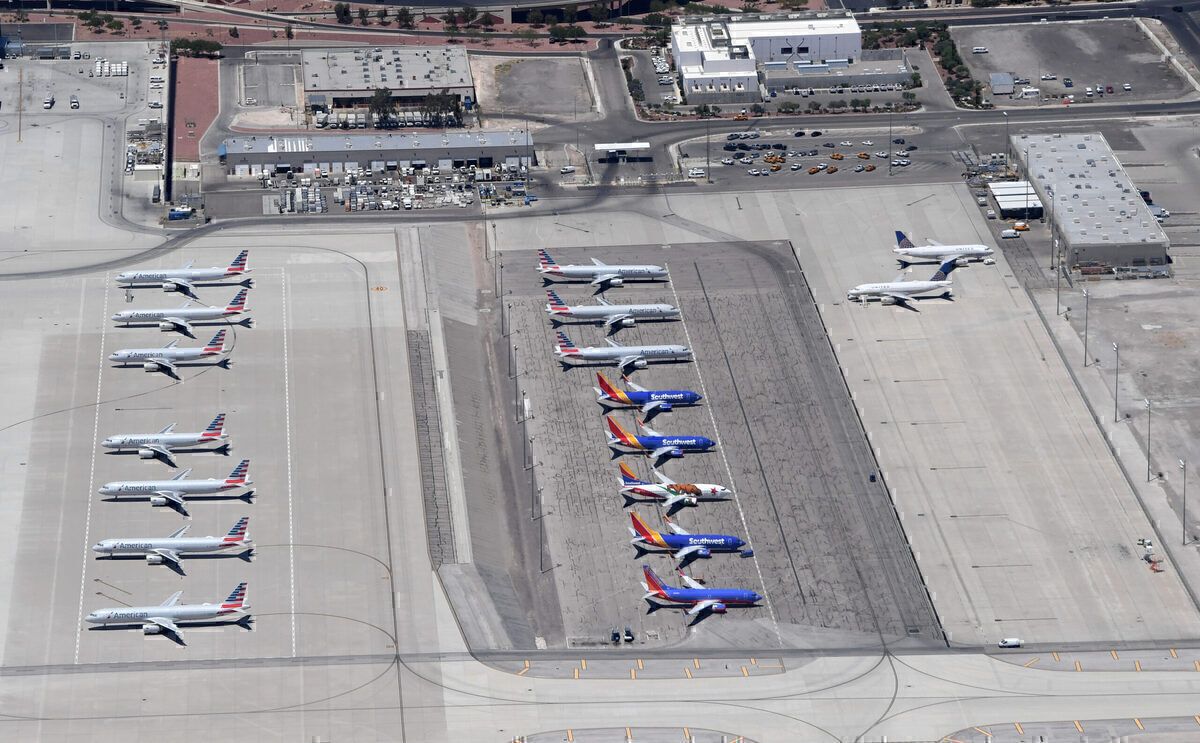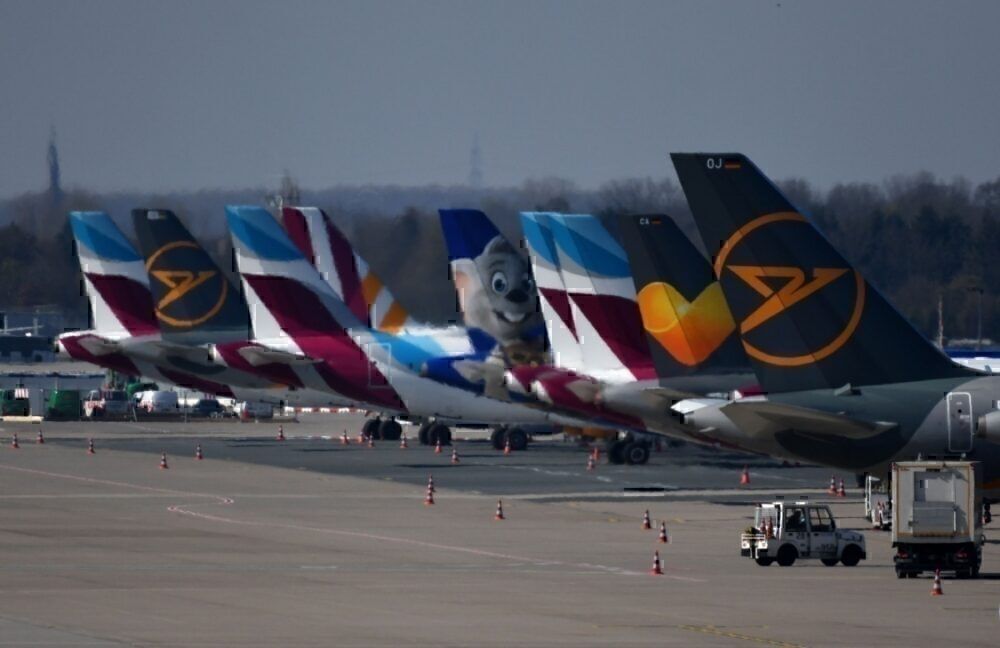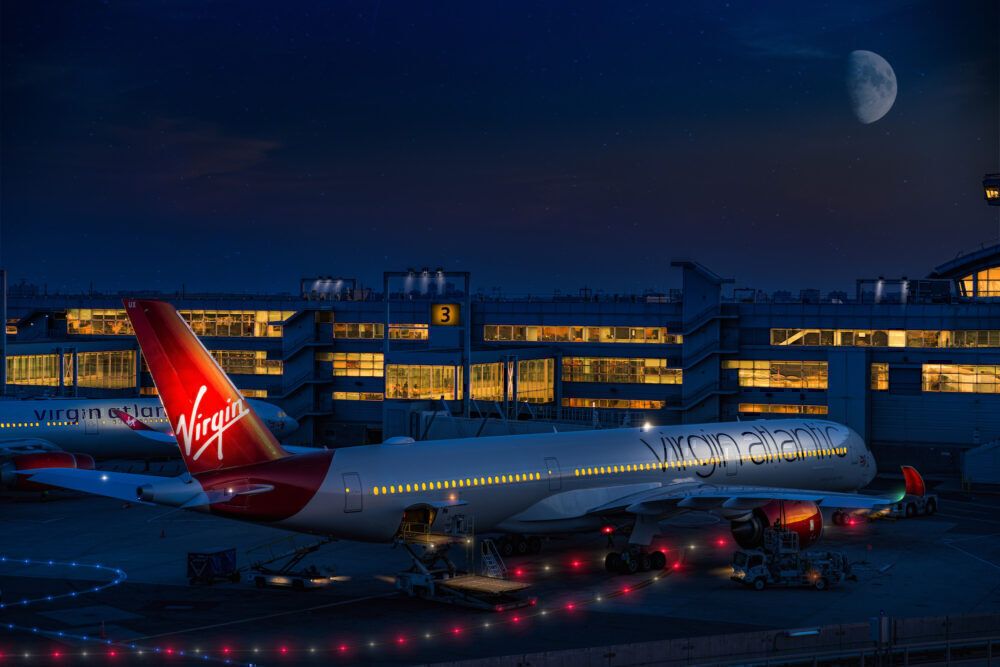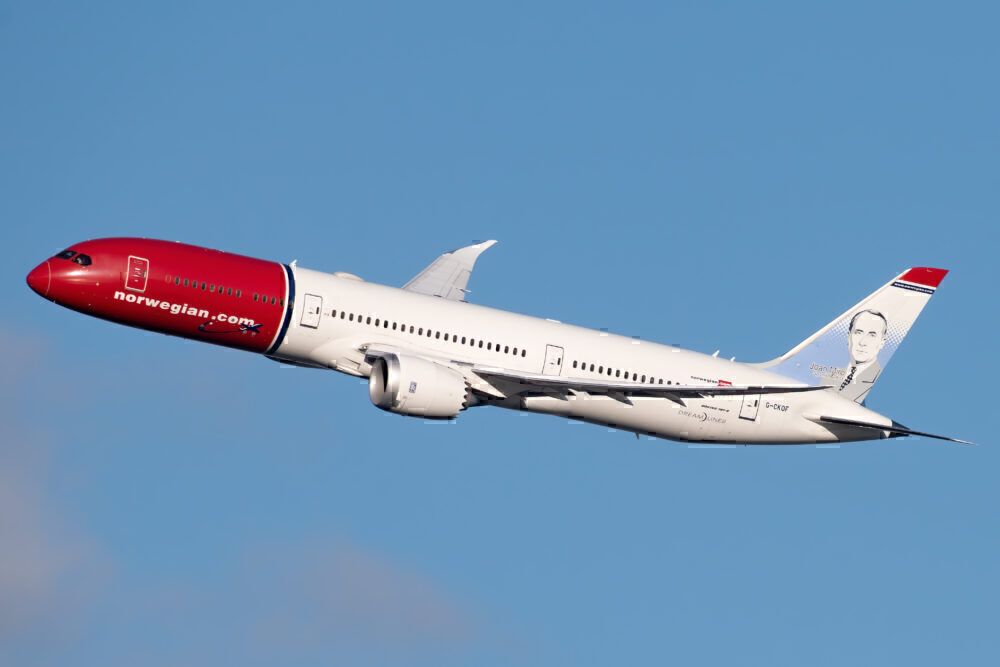When the COVID crisis erupted in the spring of 2020, industry leaders and experts knew recovery would take some time. As time moves forward, we are getting a better idea of the scale of the impact for 2021 - especially when factoring in how governments have responded to the crisis. The International Air Transport Association (IATA) is predicting that total industry revenues in 2021 will be down 46% compared to 2019.
New analysis from IATA
Representing the interests of commercial air travel around the world, IATA is presenting a new analysis that shows the airline industry "cannot slash costs sufficiently to neutralize severe cash burn to avoid bankruptcies and preserve jobs in 2021." As such, the group is again calling for government relief measures to sustain airlines financially and avoid massive employment terminations.
“The fourth quarter of 2020 will be extremely difficult and there is little indication the first half of 2021 will be significantly better, so long as borders remain closed and/or arrival quarantines remain in place. Without additional government financial relief, the median airline has just 8.5 months of cash remaining at current burn rates. And we can’t cut costs fast enough to catch up with shrunken revenues,” - Alexandre de Juniac, IATA’s Director General and CEO
Here are the worrisome numbers resulting from IATA's analysis of the industry:
- Total industry revenues in 2021 are expected to be down 46% compared to the 2019 figure of $838 billion. This is a further downgrade from the previous prediction of a 29% decline resulting from delayed recovery, fresh COVID-19 outbreaks and waves, and unwavering government-mandated travel restrictions.
- IATA expects full-year 2020 traffic to be down 66% compared to 2019, with December demand down 68%.
- Although most airlines have done everything in their power to reduce costs (layoffs, aircraft retirements, etc.), the drop in passenger revenues has been far greater. Based on a sample of 76 airlines, the year-on-year decline in operating costs for the second quarter was 48% compared with a 73% decline in operating revenues.
Stay informed: Sign up for our daily aviation news digest.
Why is the situation so bleak?
IATA presents two big reasons for its grim analysis and prediction for 2021.
Firstly, airlines have parked thousands of mostly long-haul aircraft and shifted their operations to short-haul flying where possible. Therefore, when looking at distance flown in relation to aircraft flying, relatively more aircraft must operate the network. Thus, flown capacity (ASKs - airline seat kilometers) is down 62% compared to January 2019, but the in-service fleet is down just 21%.
Secondly, around 60% of the world's passenger aircraft are leased. Despite receiving some reductions from lessors, rental costs have dropped less than 10% over the past year.
Even if that unprecedented reduction in labor costs were to be achieved, total costs will still be higher than revenues in 2021, and airlines will continue to burn through cash. - IATA
The answers, according to IATA
IATA has several suggestions to deal with the dire situation.
In its latest press release, the group says that it is critical that airports and air navigation service providers (ANSP) avoid cost increases to fill gaps in budgets. Instead, it calls on these two groups to also cut costs and also defer capital expenditures, borrow on capital markets and/or seek government financial relief.
IATA is also calling for pre-flight COVID-19 testing to open borders and enable travel without quarantine. This is already happening with some airlines and jurisdictions, and being trialed by other authorities.
Certainly an extremely unpopular move for any airline, IATA sees further job reductions or pay cuts as necessary to reduce unit labor costs and maintain 2019 levels of labor productivity (ASKs per employee). However, the group makes it clear that it is "not advocating specific workforce reductions."
The biggest factor, according to IATA, is government intervention.
“Unless governments act fast, some 1.3 million airline jobs are at risk. And that would have a domino effect putting 3.5 million additional jobs in the aviation sector in jeopardy along with a total of 46 million people in the broader economy whose jobs are supported by aviation." - IATA
The group says that Governments must take firm action to avoid this "impending economic and labor catastrophe," calling on them to "step forward with additional financial relief measures."
Government bailouts, pre-flight COVID testing, relief for airports/ANSPs - Do you agree with IATA's evaluation of the situation and its proposed solutions? Let us know your thoughts in the comments.




